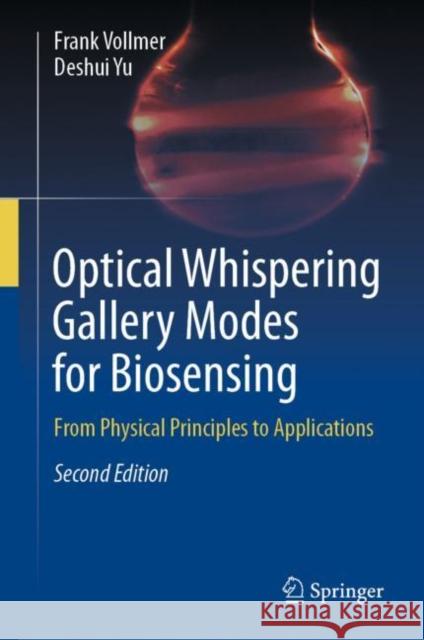Optical Whispering Gallery Modes for Biosensing: From Physical Principles to Applications » książka
topmenu
Optical Whispering Gallery Modes for Biosensing: From Physical Principles to Applications
ISBN-13: 9783031068577 / Angielski / Twarda / 2022 / 496 str.
Optical Whispering Gallery Modes for Biosensing: From Physical Principles to Applications
ISBN-13: 9783031068577 / Angielski / Twarda / 2022 / 496 str.
cena 192,30 zł
(netto: 183,14 VAT: 5%)
Najniższa cena z 30 dni: 191,40 zł
(netto: 183,14 VAT: 5%)
Najniższa cena z 30 dni: 191,40 zł
Termin realizacji zamówienia:
ok. 20 dni roboczych.
ok. 20 dni roboczych.
Darmowa dostawa!
Kategorie:
Kategorie BISAC:
Wydawca:
Springer International Publishing AG
Język:
Angielski
ISBN-13:
9783031068577
Rok wydania:
2022
Ilość stron:
496
Wymiary:
23.5 x 15.5
Oprawa:
Twarda











